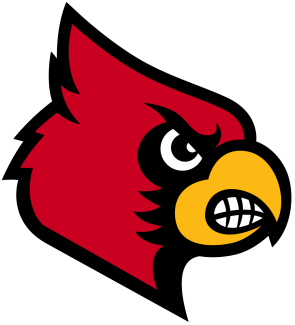Rutgers lacrosse is in the midst of a resurgence, and the excitement is palpable around Piscataway this fall. The Scarlet Knights haven’t made an NCAA tournament since 2004, and many believe that streak will end in 2018.
After that 2004 season, Rutgers rallied off 10 non-winning seasons in 11 tries. But fortunes have changed thanks to an influx of talent like Jules Heningburg, Adam Charalambides, Christian Trasolini and recently Kieran Mullins.
After posting a winning record in 2016, the Scarlet Knights started last season 8-0 with three wins over ranked teams and found a star in Mullins, the freshman attackman. They finished the season at 10-4 without the services of the injured Charalambides and Trasolini — just shy of making the Big Ten tournament and ultimately the NCAA tournament.
Rutgers welcomed back the offensive duo this fall to join a core that already included Heningburg and Mullins. With the handful offense weapons and group of 13 seniors on the roster, this could be Rutgers' best shot at making it back to the tournament.
“We’re going to see how mature these 13 seniors are, and how well they’ve learned from the experiences of the past three years,” coach Brian Brecht said. “The successes, but also the disappointment of the last two seasons by not making the postseason. That’s going to be a big challenge for us.”
The last few years may not have ended in a tournament berth, but they established the program as a national contender for years to come.
“Expectations have gone up and so have our standards,” Mullins said. “Rutgers lacrosse has grown tremendously in the past two years, so we’re looking to win as much as we can. We’re looking to go to the Big Ten championship this year. We want to try to make the NCAA tournament for the first time since 2004. We’re just trying to take that next step for our program.”
The process started this fall, when Brecht welcomed back a team full of optimism. For some, it was the start of another season — but it meant more for Charalambides. The redshirt sophomore (he redshirted the 2015 and 2017 seasons), had worked for eight months to get back on the field after his ACL injury in January.
Charalambides finished second on the team in 2016 with 43 goals and 14 assists, breaking the freshman record for goals in a season. He watched the 2017 season from the sidelines, but Rutgers’ success fuel his recovery process.
This summer, he’d wake up early in the morning to get his strength work in before interning in New York City. All of this to be ready by August for the fall season, his first with Mullins and the new offense.
“It’s indescribable,” he said of being back on the field. “The summer was such a grind. It was a real high and a rewarding feeling knowing that if you put your mind into something it can pay off.”
Brecht said that Charalambides, who was a goal-scorer his freshman season, has since expanded his game to fit the needs of an stacked offense. With “three different skill sets,” Charalambides will be asked to dodge and feed much more often than in 2016.
And he’s happy to do so. This fall, he’s been trying to lift the game of his fellow sophomore (albeit two years younger) Mullins, whose playing style and quick rise through the program draws comparisons to his teammate.
“[Charalambides] kind of took me under his wing,” Mullins said. “He was teaching me these little things that he’s experienced to try to translate to myself. He’s a lefty and I’m a lefty so we play the same side. He’s always giving me cues to try to improve.”
It’s no wonder why this fall was filled with excitement for the Rutgers offense. A healthy Charalambides paired with an improved Mullins and a steady force in Heningburg has the makings of what could be one of the nation’s top offenses.
“The three of them complement each other very well,” Brecht said. “Jules and Keiran had a chance to play together last year. Having Adam come back is just going to grow both of their games. Likewise, Jules and Kieran are going to allow Adam to come back, ease in but also pick up where he left off after being out a year because of how well they play off each other.”
On top the offense, Rutgers returns goalie Max Edelmann, who finished 18th in Division I save percentage, as well as primary faceoff men from 2016 (Alex Schoen) and 2017 (Joe Francisco), LSM Kyle Pless and defenseman Alex Bronzo.
For a team that fell to eventual national champion Maryland in triple overtime and beat Ohio State last season, Rutgers showed it isn't far from upper echelon of Division I lacrosse.
With a few returning pieces and a wealth of experience, this could be the Scarlet Knights’ year.


























































